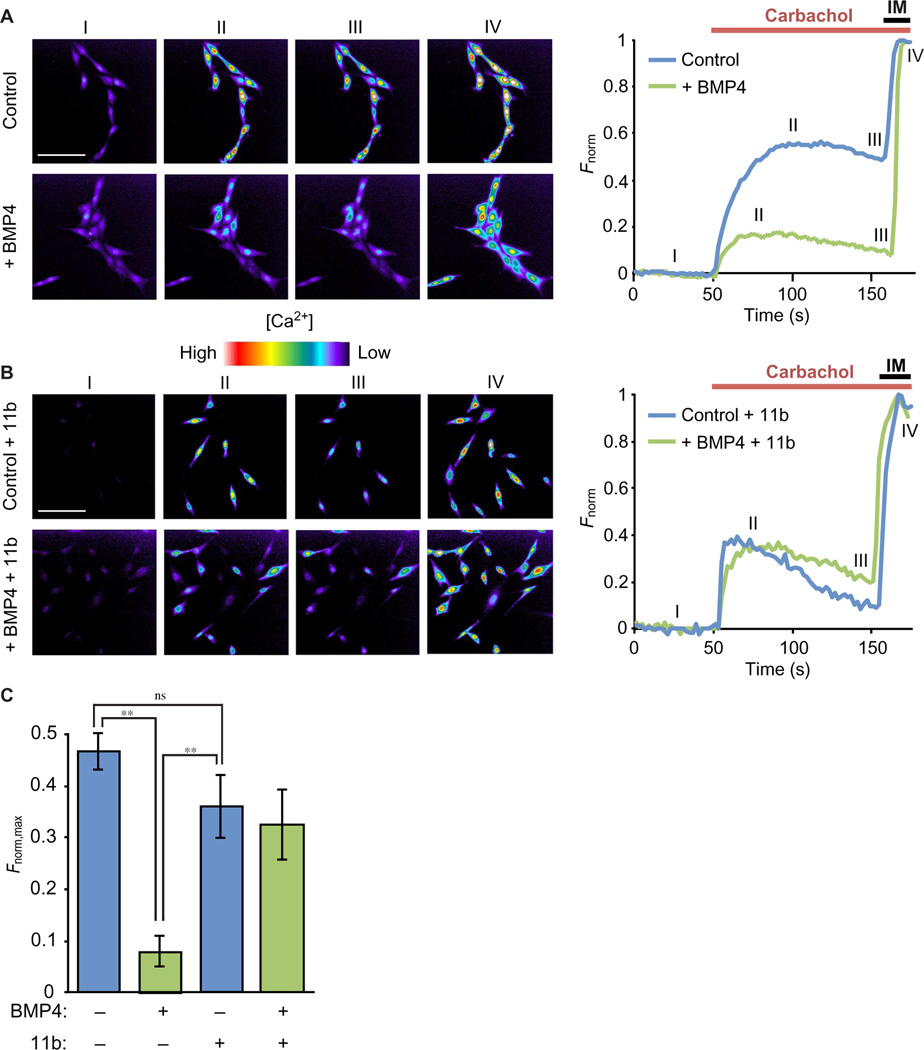Fig. 6. BMP4 treatment inhibits carbachol-induced Ca2+ responses in wild-type H-2Kb-tsA58 myoblasts in an RGS4-dependent manner.
(A) Pseudochrome Fluo-4 fluorescence images of H-2Kb-tsA58 myoblasts stimulated with carbachol in the absence (top) or presence (bottom) of BMP4. The images were acquired during baseline (I), peak carbachol response (II), before ionomycin (IM) addition (III), and at peak IM response (IV). Scale bar, 100 µm. The representative average of normalized Ca2+ imaging responses (Fnorm) after a 4-hour BMP4 treatment (right). (B) Pseudochrome Fluo-4 fluorescence images of wild-type myoblasts treated with the RGS4 inhibitor 11b and stimulated with carbachol in the absence (top) or presence (bottom) of BMP4 treatment. The images were acquired during baseline (I), peak carbachol response (II), before IM addition (III), and at peak IM response (IV) (left). Scale bar, 100 µm. The representative average of normalized Ca2+ imaging responses (Fnorm) after BMP4 treatment in the presence of the RGS4 inhibitor 11b (right). (C) The normalized peak fluorescence of carbachol-induced Ca2+ responses (Fnorm,max) was significantly decreased by BMP4 treatment only in the absence of the RGS4 inhibitor 11 b. Data are means ± SD from seven independent experiments for each condition (**P < 0.01, one-way ANOVA with Bonferroni correction).

